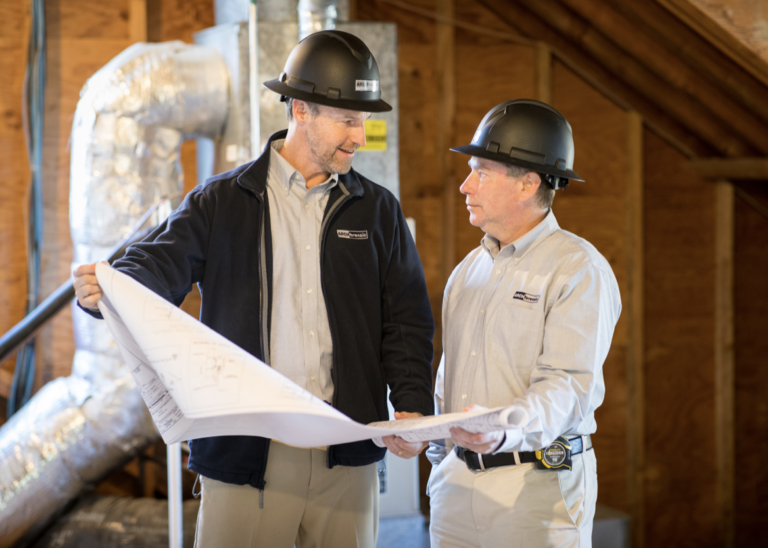“The standard of care is not perfection.” This principle is crucial for architects striving to avoid legal and ethical pitfalls. Performing below the standard of care exposes architects to liability in civil lawsuits and ethical complaints, risking significant monetary loss. The standard of care ensures that services align with those of similarly situated architects in the same locality, yet mistakes can still occur despite maintaining thorough standards.
Evaluating an architect’s standard of care requires an expert to consider the circumstances at the time of the mistake. This involves understanding regional practices and comparing the architect’s actions to peers in similar situations. Forensic evaluations are essential in determining whether an architect’s actions were negligent or met the expected standards.
Christopher D. Ling’s The Architect’s Standard of Care: A Forensic Analysis provides a comprehensive guide on this topic. It explores how architects can align their practices with industry standards and avoid legal complications. This book is an invaluable resource for architects, attorneys, and construction professionals, offering clear documentation and thorough analysis to uphold professional standards.
Discover more about maintaining architectural standards and minimizing mistakes with The Architect’s Standard of Care: A Forensic Analysis. This book is essential for anyone looking to navigate the complexities of modern architectural practice successfully.







